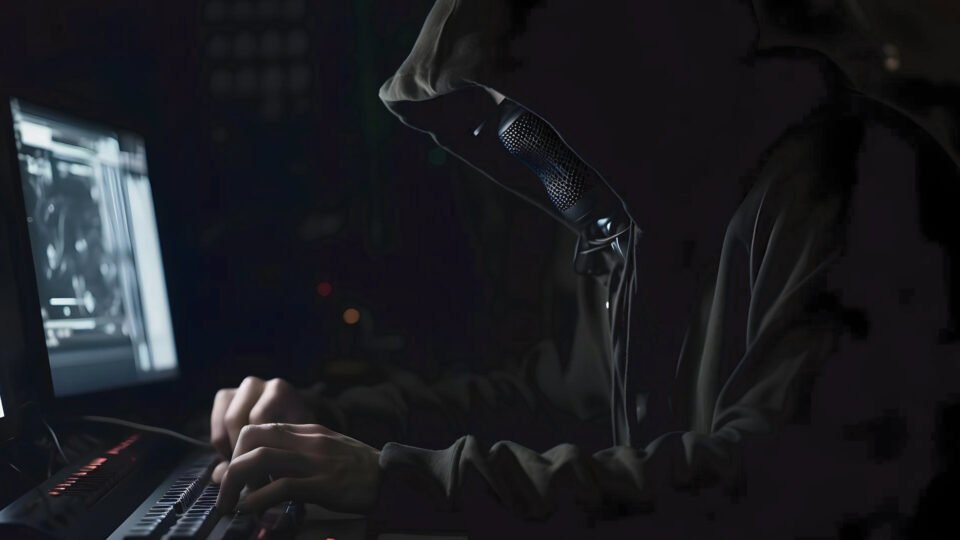New research highlights shifting adversary alliances, a global surge in ransomware and advancements in deepfake technologies among the top threat landscape trends
Intel 471, the premier provider of cyber threat intelligence (CTI) solutions across the globe, today published its 2024 Cyber Threat Report, providing the cyber community with the latest insights on emerging trends, varied motivations and evolving techniques employed by threat actors within the global cybercriminal underground.
“Over the last year, we’ve seen international adversaries introduce and invoke new and more advanced methodologies to bypass traditional approaches in cybersecurity defenses,” said Michael DeBolt, Chief Intelligence Officer of Intel 471. “From the global rise in ransomware and surge in hacktivism to shifting threat actor alliances, it is clear that attack rationales can change on a whim, and companies need to be vigilant in responding to emerging strategies and trends. Intel 471’s latest findings shed light on how enterprise security should evolve to stay ahead of dynamic adversaries.”
Key themes and findings of the 2024 Cyber Threat Report include:
- Hacktivism: The pro-Russian NoName057(16) group accounted for almost 60% of all hacktivist incidents during 2023. Intel 471 observed shifting alliances within hacktivist groups, and the reignition of the Israel-Palestine conflict in October caused significant fluctuations in activity, with Cyber Toufan becoming the most active pro-Palestinian group.
- Ransomware: In 2023, 4,429 attacks were reported, almost double those observed in 2022. Additionally, LockBit continued to be the most prevalent ransomware variant, impacting 981 victims.
- Malware: Infostealers accounted for 21% of all malware-related offerings. This dominance is expected to persist into 2024 due to the efficiency, profitability and the low entry barrier it provides cybercriminals.
- Initial Access: Intel 471 observed and reported 5,347 instances of access vendors offering to sell compromised credentials and/or alleged unauthorized access to networks or systems, highlighting how it remains a key enabler of cybercrime.
- Vulnerabilities: Intel 471’s Vulnerability Intelligence team found a 43% increase in zero-day vulnerabilities in 2023.
- Looming Cyber Threats: The online ecosystem, “TheCom,” enabled individuals to form small subgroups with experienced threat actors online and combine techniques to elevate their capabilities of breaching corporations.
- Artificial Intelligence and Deepfakes: Deepfakes were named one of the most common ways threat actors leveraged AI in 2023. With AI rapid advancements, threat actors were able to create deepfake content in a cost effective way.
The 2024 Cyber Threat Report highlights Intel 471’s dedication to exposing the tactics of global adversaries and empowering organizations with critical intelligence to make threat-informed decisions on their cybersecurity policies and initiatives and ultimately better defend their people and assets.
For more information, please visit: https://intel471.com/resources/whitepapers/the-471-cyber-threat-report-2024
Explore AITechPark for the latest advancements in AI, IOT, Cybersecurity, AITech News, and insightful updates from industry experts!

